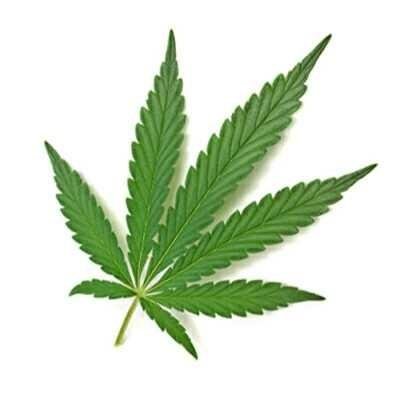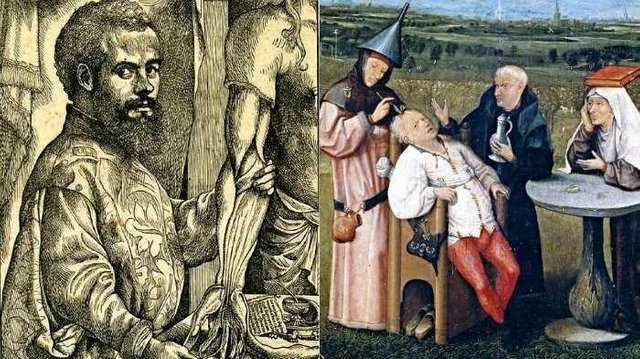Cannabis and Life
 The photo source from : delish.com
The photo source from : delish.com
Since ancient times, hemp (a type of marijuana plant that has a milder effect than marijuana) is an agricultural product used for oil, seeds, and fibers for ropes and clothing.
China is said to be the first country to utilize hemp. This plant is grown for food and also other benefits. From this country also cannabis plant as a drug introduced to other countries. Cannabis as a painkiller and other diseases then spread to Asia to the Middle East and Africa.
According to Chinese legend, Emperor Shen Neng (2737 BC) is a leader who officially prescribes marijuana tea for treatment. At that time marijuana was used to relieve pain and treat various conditions, including asthma, rheumatism, malaria, and weak memory.
But doctors warn their patients not to overuse it because they believe it can make someone "see the devil".
In contrast to the Western world and some Asian countries such as China and Japan, India has always been closest to using marijuana, both for medicine, religious ceremonies, recreation, and spritual.
Cannabis plants are often mixed in a special drink to bring pleasure and also the effects of treatment. One popular drink is bhang, a mixture of cannabis paste (made from leaves and buds), milk, spices, and ghee.
This drink is considered to have the property of eliminating anxiety. In addition bhang also be a medicine to cure fever, dysentery, digestive disorders, and make us more alert.
Medieval
During the middle ages, marijuana was a very popular drug in the Middle East. Since wine is banned in Islam, many Muslims end up smoking hashish (the Arabic word for marijuana), also called "grass". The Arabs also used marijuana in medicine.
In the Middle Ages, Europeans used marijuana to treat tumors, coughs, and jaundice. Interestingly, the healers and herbalists of the day have warned of the dangers of marijuana if used excessively, among others, can cause sterility and other dangers.
 This photo source from: Tribunnews
This photo source from: Tribunnews
Entering the era of the 1500s, the Spanish brought marijuana to North America. But during colonialism only hemp is utilized in the maritime industry, ie for clothes, paper, or rope.
Modern Era
In the late 1700s American medical journals have written the use of hemp seeds and roots to address health problems, including skin inflammation and loss of consciousness.
As more and more people are addicted to heroin, opium, and morphine, in 1906 the US Food and Drug Administration (FDA) issued a rule on the use of marijuana. At that time the tightly regulated are opium and morphine, while marijuana is not.
But in 1914 the use of cannabis plants as a drug was considered a crime. Even so marijuana is still used for medicinal purposes.
In the 1970s marijuana was categorized as a harmful substance and should not be used for treatment. Although various medical journals mention the medical benefits of marijuana, but the US government still forbids it.
By mid-2015, 23 US states legalize the use of cannabis in the medical world, but only for people with certain medical conditions.
Cannabis is allowed for children suffering from epilepsy or to eliminate the side effects of chemotherapy in cancer patients. In some states also allow the use of marijuana for patients with HIV / AIDS, Parkinson's, or multiple sclerosis.
Although research on marijuana is limited due to restrictions on the use of this plant as a remedy, recent studies have successfully explored the treatment aspects of marijuana, particularly for brain functional diseases.
For example, the 2015 study concluded that cannabis effectively overcomes schizophrenia. Research also reveals this plant helps restore cracked bone, stop severe seizures, even treat migraine.
In the US state that legalized prescription marijuana nearly 90 percent who use it claimed their disease disorders decreased. When viewed from the long history of its use in the world of medicine, they are probably right.